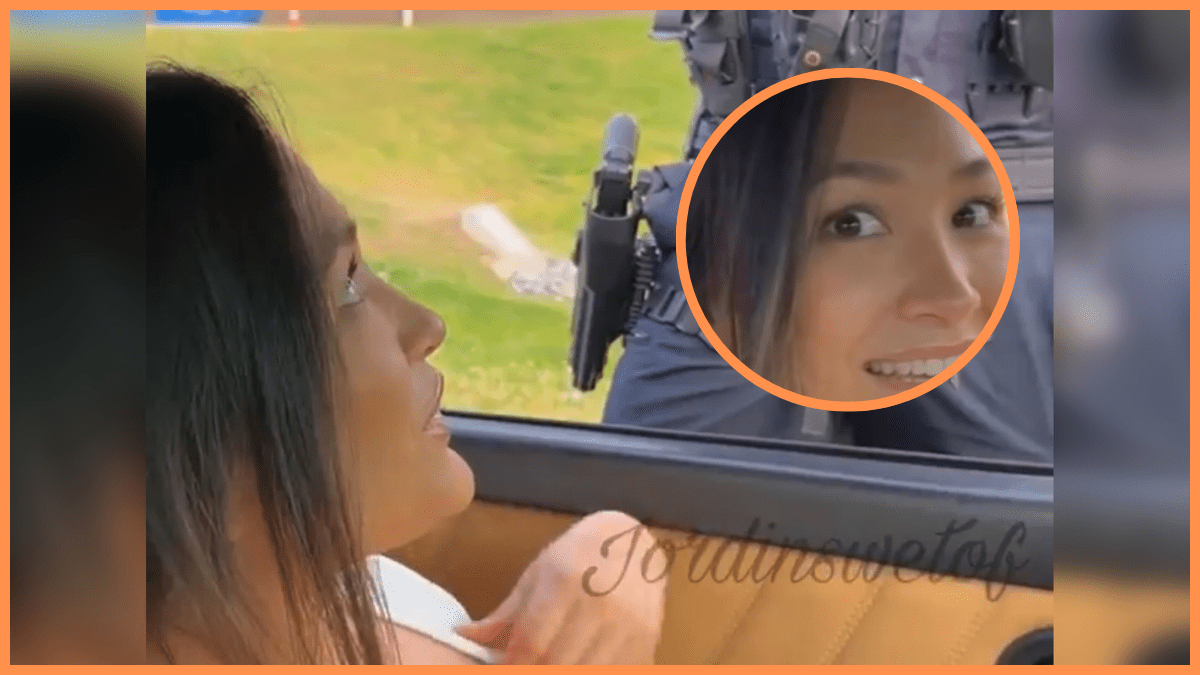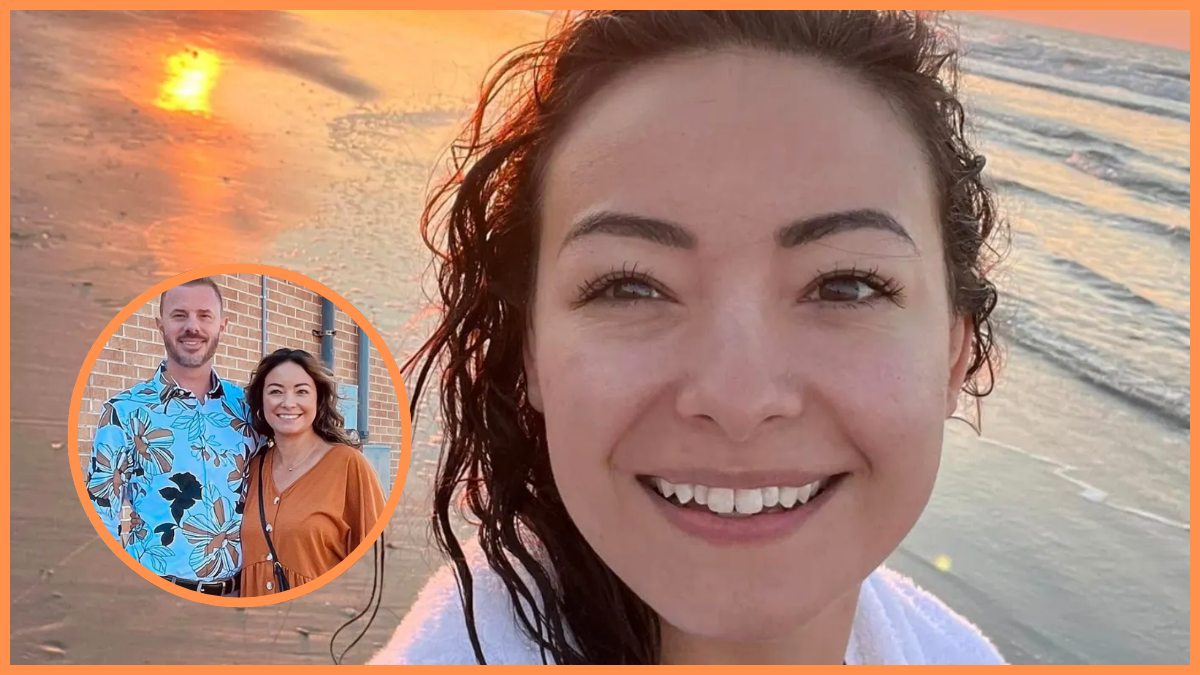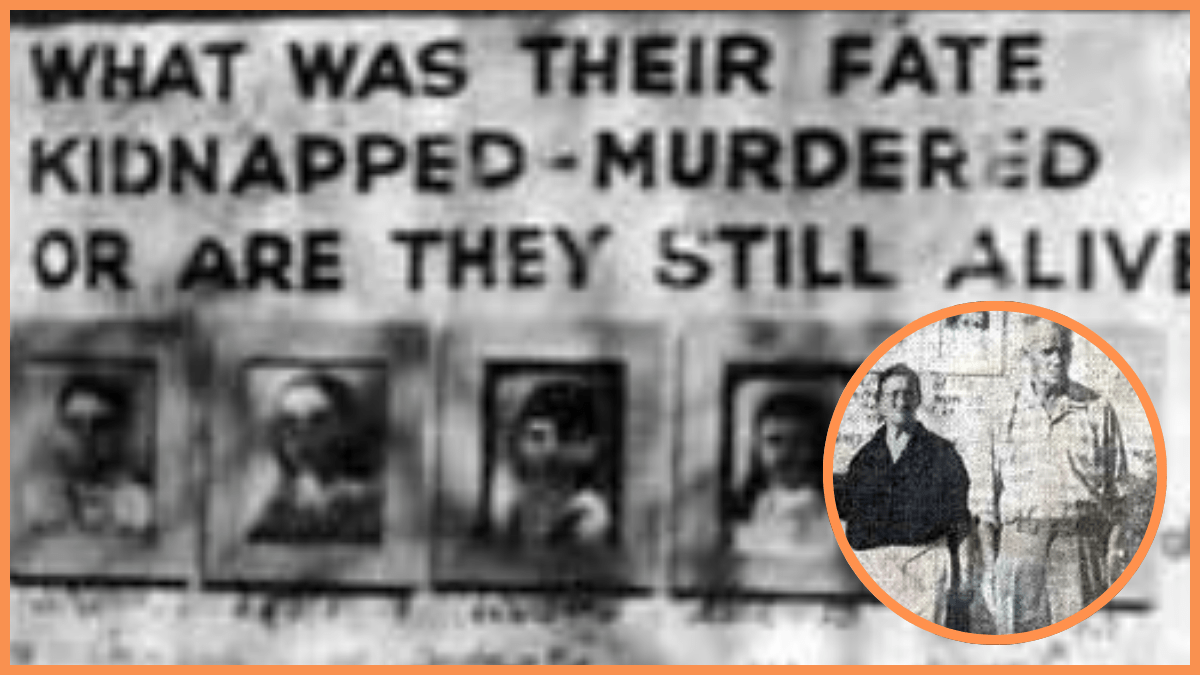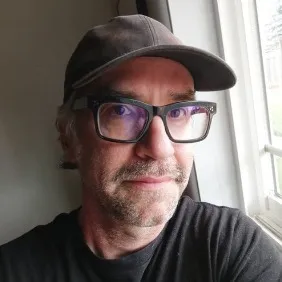In 2018, Anton Black died when one civilian and three officers who were investigating a reported kidnapping chased, tased, and pinned him to the ground. The ensuing cover-up and Black’s death while in police custody were similar to how George Floyd was killed in 2020, and subsequent lawsuits stemming from Black’s death changed how autopsies are conducted in the state of Maryland.
According to WBALTV.com, three officers approached Black about the reported kidnapping. The Greensboro, Maryland, 19-year-old with no known connection to the police investigation fled the scene and got into a car parked near his home. Officers smashed the window and dragged Black from the vehicle while a civilian wearing a Confederate motorcycle helmet got involved in the altercation.
After the windows were smashed, Black again eluded the officers. They gave chase, but eventually, Black was subdued and put in handcuffs and leg shackles. He was then pinned to the ground for six minutes, while witnesses said he called for his mother for help. Black, who was only months away from becoming a father, became unresponsive at the scene, and he was later declared dead at the hospital.
In a statement, Black’s family said, “[Black] had committed no crime. There was no reason to tase him, tackle him, restrain him, and shackle him. There was no reason to inflict 43 blunt trauma wounds. There was no reason for Anton Black to die.” Meanwhile, Black’s sister, LaToya Holley, added, “Anton did not deserve what happened to him. He did not deserve to lose his life. They stole it from him. They lied and tried to blame him for what happened. He was the nicest, sweetest boy.”
Anton’s Black’s was declared an accident
Anton Black’s cause of death, however, was ruled accidental despite the police response. He died from a sudden cardiac event with a congenital heart condition and other factors listed, the official report said. Police pinning Black to the ground was also considered a factor, but the report stated there was no evidence that the police response caused his death.
According to CBS News, however, a Johns Hopkins University expert later said that Black’s cause of death was “positional asphyxiation,” or the position of Black’s body and the weight of the officer. Meanwhile, the ACLU says one officer linked to Black’s case was decertified with a long history of abuse, and another police chief involved had been disciplined for misconduct in the past.
Crucially, Dr. David Fowler performed Black’s autopsy, and by 2023, Fowler had retired. In the meantime, Fowler went on to testify at the trial of Minneapolis police officer Derek Chauvin, accused of killing George Floyd, a Black man, under similar circumstances. Fowler also attributed Floyd’s death to heart arrhythmia, but when the jury convicted Chauvin of murder and manslaughter, many of Fowler’s past rulings in Maryland were reevaluated. Those included Fowler’s determination that positional asphyxiation did not directly cause Black’s death.
The Anton Black lawsuits

In 2020, Anton Black’s estate and the nonprofit Coalition for Justice for Anton Black filed a series of lawsuits against Greensboro police and city officials stemming from Black’s death two years earlier. In 2023, one lawsuit was settled as police and city officials were charged with Black’s “unconstitutional killing.” Meanwhile, in November of that year, Anton Black’s family and his estate settled another lawsuit, including a financial payout to Black’s family.
In that settlement, the Maryland Office of the Chief Medical Examiner also agreed to adopt national standards for how autopsies are conducted when suspects die in custody to minimize undue police influence on the outcome. Those guidelines also state any death be declared a homicide when the actions of another person are involved. A Maryland state law named after Black also made records concerning police disciplinary cases more accessible.
After the settlements, Coalition for Justice for Anton Black founder Richard Potter said, ” … I hope that with this settlement, agencies will begin to recognize their own wrongdoings, catch them, and change them before they cause harm. What is needed is a sense of shared ownership that can only come through trust and mutual accountability, with police confronting their own biases about mental illness, committing to de-escalation, and truly serving a diverse community.”







